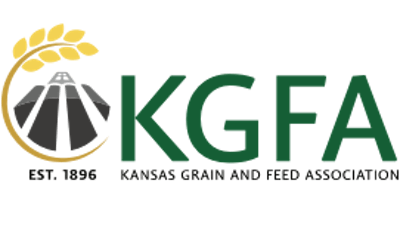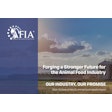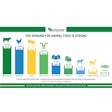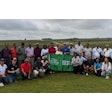
The Kansas Grain and Feed Association (KGFA) has joined nearly 200 organizations in urging the United States Environmental Protection Agency (EPA) to engage with stakeholders to refine and improve its Endangered Species Act (ESA) risk assessment process for pesticides.
In a letter addressed to the EPA, the coalition of organizations emphasized the need for the agency to adopt more refined and data-driven risk assessment processes. The letter argues that such improvements are crucial for accurately assessing the impact of pesticides on endangered species and their critical habitats.
Under the ESA, federal agencies, including the EPA, must conduct risk assessments—known as biological assessments or biological evaluations—to determine the potential effects of their actions on listed species and habitats. However, the coalition pointed out that the EPA's current methodologies often rely on overly conservative models and assumptions, failing to incorporate real-world data on pesticide usage. This approach tends to overstate the risks to species and habitats, leading to stricter regulations on pesticide users, including farmers.
The letter calls on the EPA to engage stakeholders in discussions aimed at refining the risk assessment process. By incorporating more precise models and real-world data, the agency could make more accurate assessments and potentially reduce unnecessary restrictions on pesticide users. This, in turn, would alleviate some of the frustration that stakeholders have expressed regarding recent ESA proposals, such as the draft Herbicide Strategy.
KGFA and its partners believe that a collaborative approach with stakeholders will lead to better-informed decisions that balance the needs of agriculture with environmental protection. The letter marks a significant step towards fostering dialogue and collaboration between the EPA and industry stakeholders to improve the agency's ESA risk assessment processes for pesticides.

















